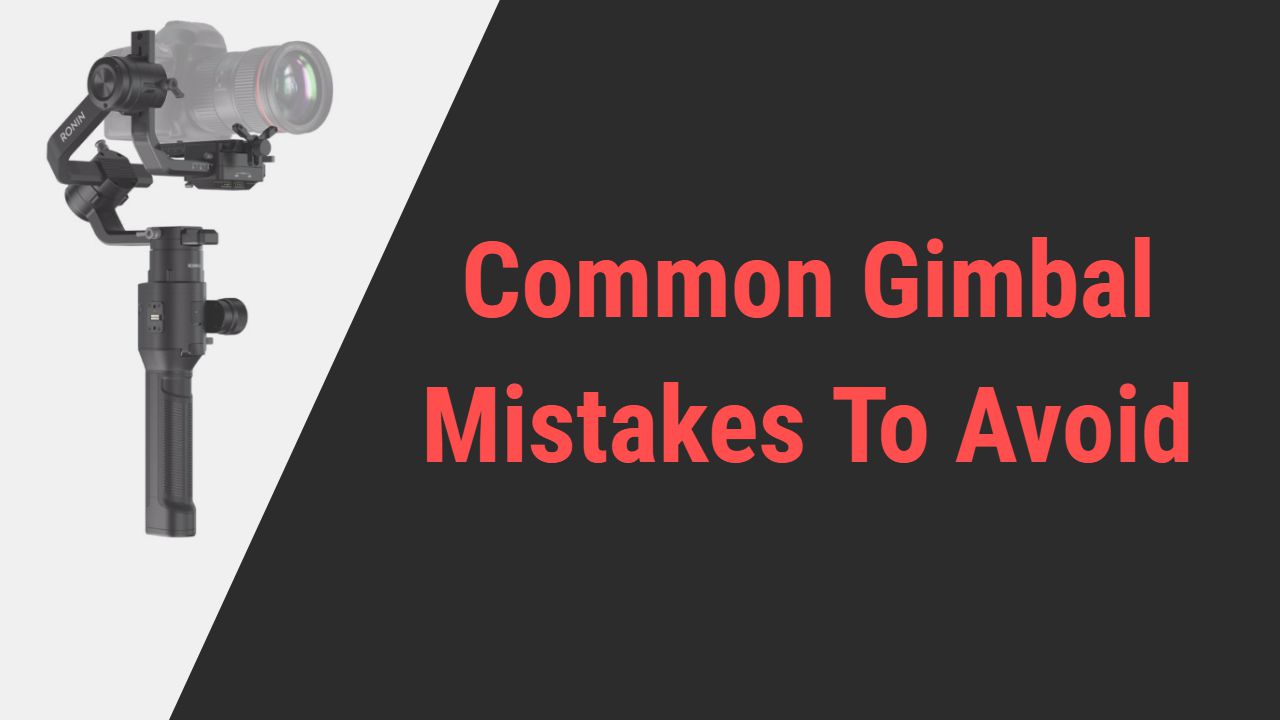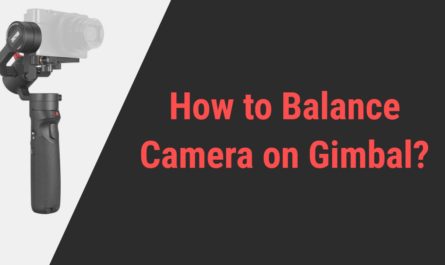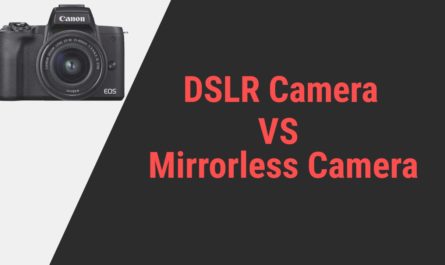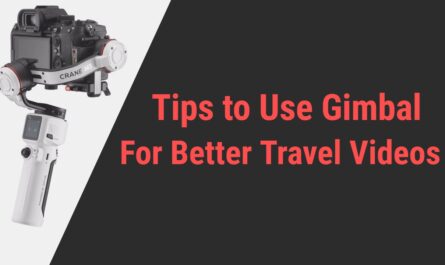An innovative gimbal riding by the side of a Professional camera has all intention and potential to produce sharp, accurate, and clear shots effortlessly. Gimbals are a magnificent invention for balanced streak shots but only if used correctly.
Did you know how learning the basic fact of using the gimbal in an appropriate way can magnify multiple charms in your filming? Similarly, using the gimbal in an inadequate format may destroy all the professionalism and elope all the clarity from your footage.
Did you know even a well-informed and practiced photographer using the gimbal technique might make some common mistakes, leading eventually to a distorted result.
Well, not anymore; after hours of research and confrontation, we are listing some of the most common mistakes made by the photographer while exploring the outstanding level of photography with the gimbal.
The main reason for listing all the basic mistakes is so that you will not make the same mistakes in the future and get the most stabilized cinematic shots.
Gimbals and its fruitfulness
So, the Gimbals are an attentive support system that prevents the appearance of camera shakiness during filmmaking in order to propose more balanced shots.
This overall balancing is done when the gimbal uses its definite control to fix the camera at a single place and rotate its axis to get a better view of the shooting scenario. These gimbals are an excellent addition to your photography kit if you are wandering around for balanced and super steady shots.
The Gimbals are a considerably versatile tool, not just shooting stabilized shot; they are potent with other incredible abilities. Like they can effortlessly change the direction of shooting with pausing and save you time. They are the lightest weighted and ergonomic, keeping the filming easiest and straightforward.
They don’t require professional assembling or installation, and they can be carried anywhere with their foldable engineering. Last but not least, they are a supreme weapon for shooting underwater and aerial footage.
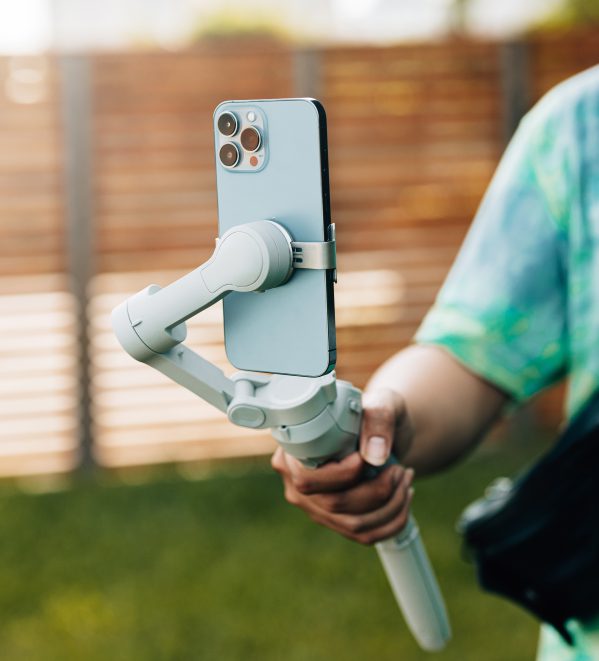
Common Mistakes to avoid while using a Gimbal
Engineered with intelligent motors and sensors, the gimbal is a creative synonym for perfection when it comes to professional filming. The Gimbals are pretty handy for still shooting, and their potential to cover the trickiest angles through different artistic shooting modes, which claims it as essential for the videographers.
But filming correctly with the gimbal is an as crucial factor as the advanced camera for the highest pixel itself. These are some basic mistakes that should be avoided whenever using a Gimbal.
Disbalancing
One of the dominant factors in shooting stability with grace is balancing the gimbal adequately. See, when the gimbal itself lacks balance and comfortability, how will it provide the stabilized shot?
It eventually ends up getting bad angle shots, letting the camera fall, and massive distortion in the footage. So don’t forget to balance your gimbal relevantly by moving the counterweight to claim the best output.
Lack of adjustment during Changing Lens
If you are a Gimbal user, you must already know that the camera mounting and lens rigs are proportional to each other; some people change the lens rig from the camera and forget to adjust the gimbal accordingly; this adjusting refers to the rebalancing once the lens changes.
Since the lens usually comes in different sizes and weights, the center of gravity changes every time you make any modifications. So, it’s crucial to do the rebalancing.
Forgetting Power check
Another most significant mistake made by photographers is they forget to check on the battery before initiating the shooting operation. The videography uses heavy electrical power consumption, and to avoid any interruption for recharging, make sure you check the battery before getting the whole filming party started. The battery includes both cameras and Gimbals.
Higher sensitivity
Another biggest mistake people make is to operate the gimbal with high sensitivity; now there’s a valid explanation; the big immediate movement is easier to catch and control, while the smallest, fastest movements are difficult to get.
When you use the higher sensitivity, the gimbal sensor might struggle a bit, and the result will be a lot more jitter. so its best to use lower sensitivity
Keeping the gimbal far
People often complain about their arm or back pain from holding a gimbal for extended hours; the problem, you know, the reason you don’t. The gimbal itself weighs a bit, and attaching the camera adds extra weight to it when you hold the gimbal away from your body, your arms extended, and muscle fatigue kicks in, giving you a serious ache.
Excessive Fast-moving shooting
So another major breakpoint in shooting with a gimbal is that people often prefer fast-moving shots, a little more than usual; the fast-moving shots are really hard to frame and track, and sometimes you lack the relevant creative track in fast-moving filming and eventually end up messing the frame. So it’s better to go nearer and slower.
The no stopping shooting
Sometimes you observe the video with a brilliant opening but poor rest; this happens because people don’t plan their start and stop points. Remember, don’t start your camera and keep going; peacefully plan the in-between stopping point to make the video more creative from first to last.
Over expectations
Yes, the gimbal can be really innovative when it comes to uniformly balanced shots, but it’s just a piece of electronic equipment without a human brain; people often expect much more creativity without practicing themselves.
Standing in one place without any manual intelligence doesn’t get the best of it; you need to blend in a bit and practice the movement to explore its creativity
Not using Right Gimbal
The most key mistake noticed around is using the wrong or incompatible gimbal. The ideal gimbal for your camera should be potent enough to handle your camera’s high-tech specification and blend in with its focusing, ISO, and the most weight. The gimbal’s payload capacity is less than your camera weight might get you into trouble.
Using a shorter lens
Most professionals will argue how the shorter lens adds charm to the footage, not disagreeing, but the real artistic magic happens with the longest lenses.
The shortest lens, like 20mm, doesn’t happen to have the cinematic version with the right angle, whereas the longest, like 85mm lens, makes your video stunning with better paradox, angling, clarity, and bokeh.
Forget checking about lighting
Some Professionals talk about the highest-resolution pictures, and they almost forget to check the lighting condition while shooting with the gimbal. The gimbal can bless you with a balanced shot, but it cannot control the lighting in the footage, which sometimes results in soft edges, visible vignettes, and other trouble. So do check the lighting before filming.
Overdoing
Sometimes people get a little more creative with switching different modes frequently. It’s like one second; the shot is flying around the other, it spins around; this might be the biggest no while shooting with the gimbal.
You don’t overdo the different modes and frames because the result won’t be cooked up attractive enough to the audience.
No engagement with creative modes
Gimbals are not a tool built only for stability; people often forget to engage with their creative side. Using a similar video format every often brings your photography level down.
Try different shooting styles of gimbals like Time-lapse, Free-style, Briefcase, Parallax, Hyper lapse, Slow dolly, and pushover modes.
Using a low frame rate
Sometimes people like to shoot at a low frame rate, like 24fps or 30fps; this sure will give you quality footage but not the creativity in editing. Filming at high frame rate grants you ease to propose more smoothest video by slowing it down and creating slow-motion videos.
Locality Matters
The locality matters absolutely sometimes; people just go around filming in any random locality with poor visibility, disturbances, and other trouble and then complain about the quality of the footage.
It’s not that you have to move to the top of the mountain for the balanced shot, but take care of the unnecessary bumps, poor streets, and surroundings before shooting.
No Exposure locking
Some people forget to lock the basic settings while using the gimbals, the settings as exposure, focus, shutter speed, ISO, and white balance. This results in your footage with less professionalism factor because of random changes In every shot, promptly the gimbal moves. Once you make sure these settings are locked, you will get a smooth-flowing, sharpest output.
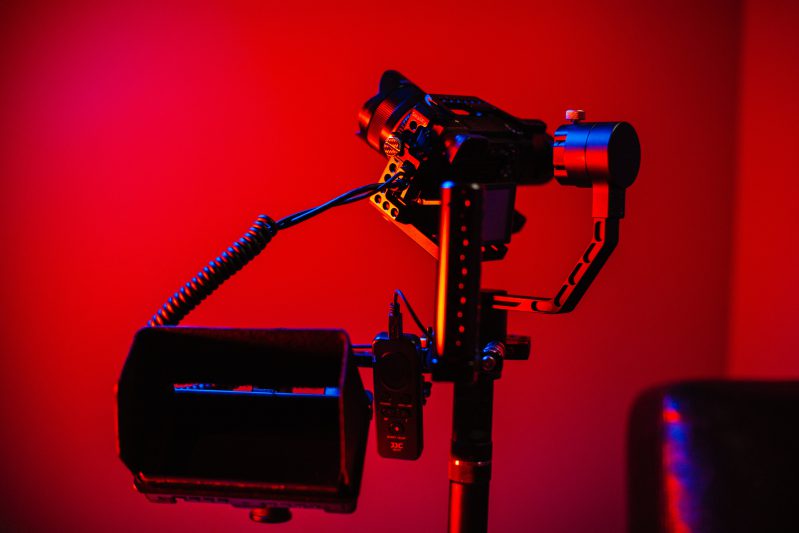
Top Hacks for using Gimbals like a pro
There is no hidden secret to using a gimbal-like a pro; keeping some of the basic yet essential things in mind can bring that lost gleam of stability you have always desired. This hack includes
- Choosing the ideal and camera compatible gimbal
- Analyzing the locality and lighting before filming
- Rebalancing whenever changing lens
- Trying out every angled creative shooting mode.
- Keeps the gimbal closest to your body
- Shoot at a High-frame rate
- Shoot low angle shot
- Being Artistic with using more axis
Conclusion
Disbalancing, overdoing, staying with a single mode, or switching frequently, there are numerous mistakes we usually make while using the gimbal for shooting, the mistakes that go unseen. These basic mistakes might be a big turn-off to your over-the-top level filming, isn’t it?
So here we go, now you can actually enjoy the spectacular abilities of Gimbals without any hassle. As we have listed the basic ground level that is done during the usage of the gimbal, we expect you to be armed with the insight of not repeating them again.
So say bid adieu to amateur photography, goodbye to blurriness caused by camera shake, because you are going to thrive with the most beautiful steady shot with the effective hack. Stay tuned for more fascinating articles.

